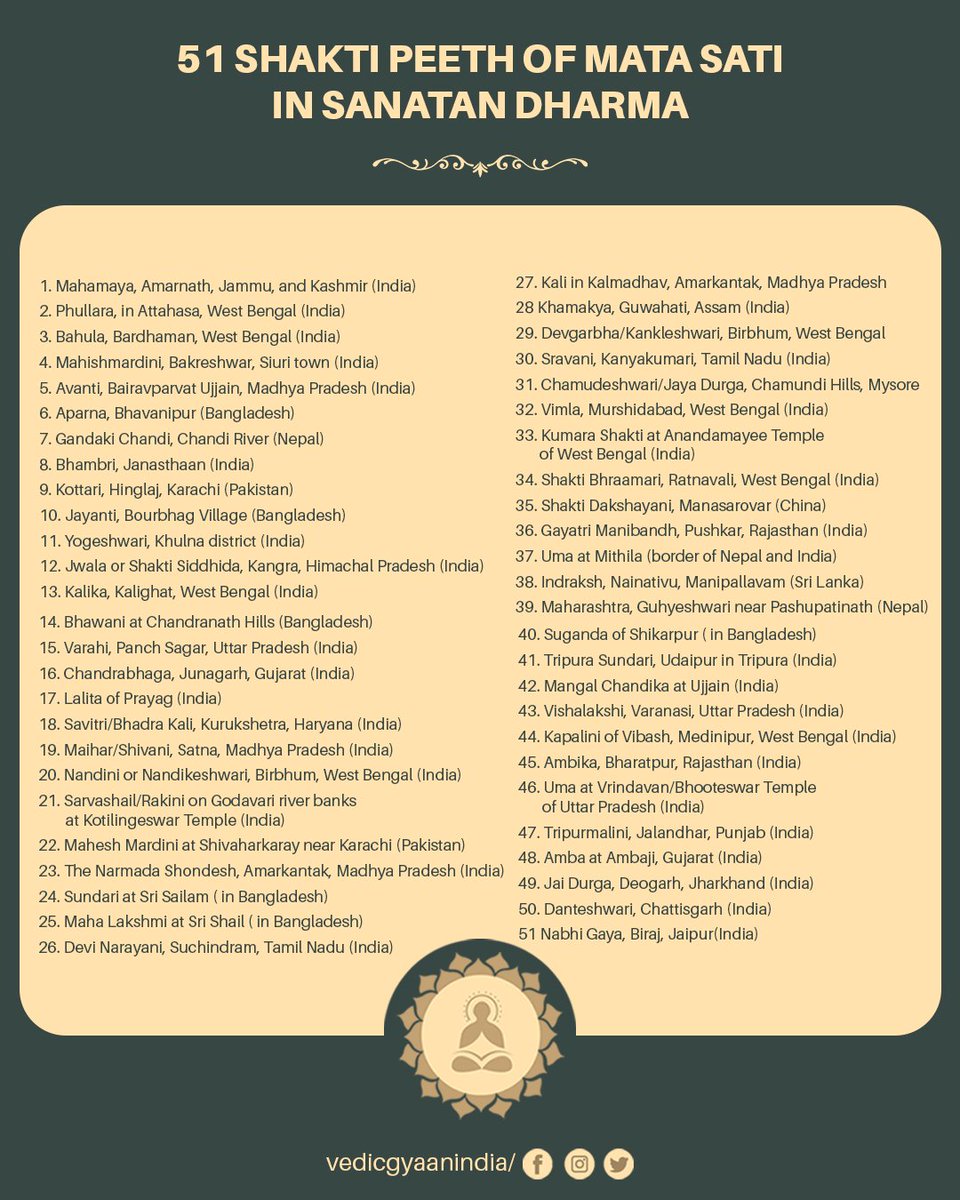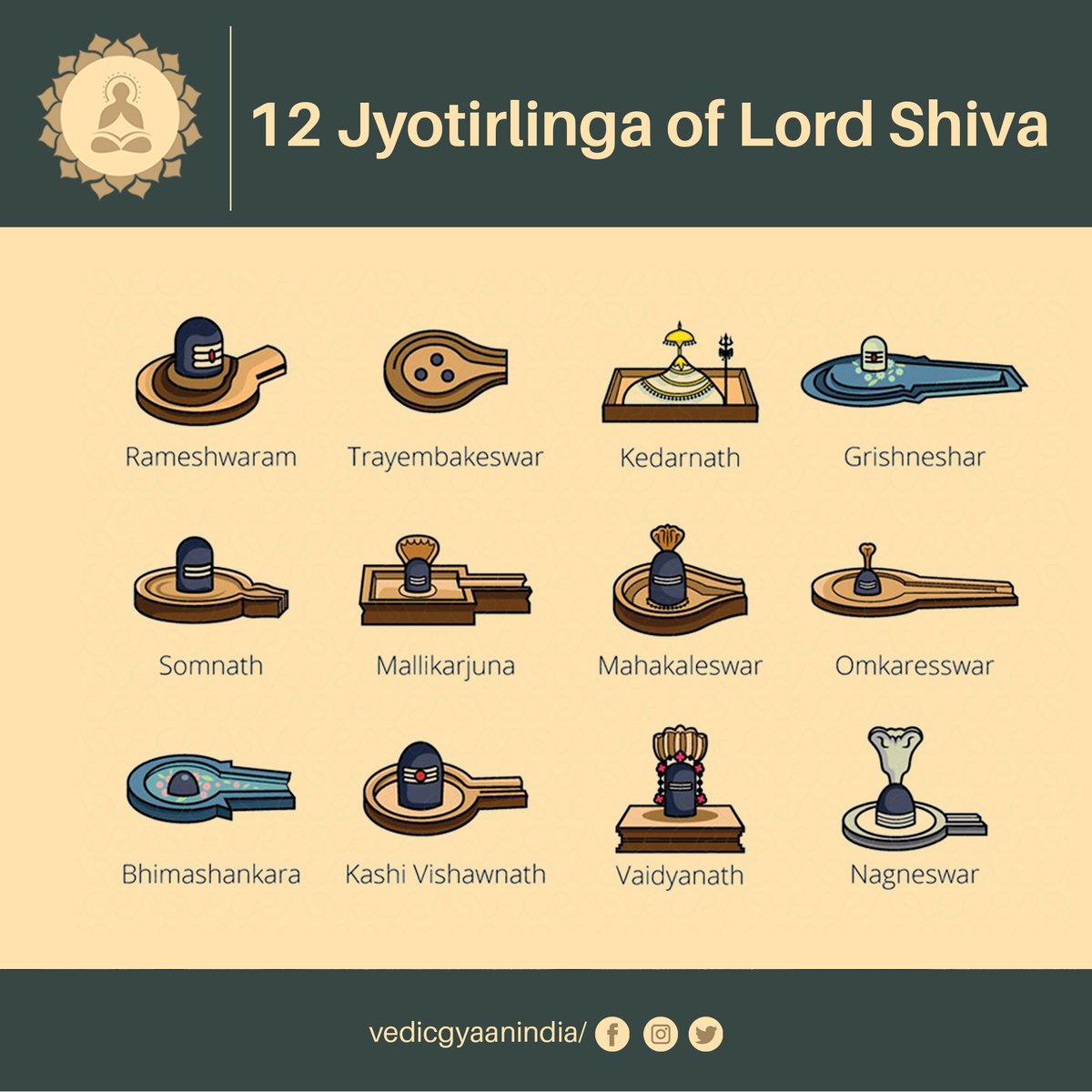
Shakti Peethas: Everyone is familiar with Shiva Shakti, but do you know the vital manifestation of shakti? What is Shakti Peethas? Sati, Durga, the goddess who defines shakti. Sati is the Adi Shakti of Lord Shiva. Further, there are three supreme incarnations of Sati Mata, which 

are Gauri, Mahakali, and Durga. There are four Adi-Shakti Peethas, considered the main Peethas located in Puri (Jagannath), Behrampur, Guwahati, and Kolkata (Kalighat Kali Temple). Moreover, there are fifty-one Shakti Peethas, of which eighteen are main Shakti Peethas.
The Shakti Peethas has its mention in the Kalika Purana and Ashtashakti. These temples are spread all over India and its neighboring countries. Also, the Peethas have their mention in the Brihat Samhita that explains the location of Adi-Shakti Peethas.
“रुशिकुल्या तटे देवी, ताराकाश्या महागिरि, तस्य श्रुंगे स्थिता तारा, वशिष्ठ रजितपारा”
There are four Adi-Shakti Peethas mentioned in Kalika Purana:
बिमल़ा पादखंडनच, स्तनखंडनच तारिणी, कामाख्या योनिखंडनच, मुखखंडनच कालिका
There are four Adi-Shakti Peethas mentioned in Kalika Purana:
बिमल़ा पादखंडनच, स्तनखंडनच तारिणी, कामाख्या योनिखंडनच, मुखखंडनच कालिका
Bimala Shakti Peetha: Though there are 51 Shakti Peethas, Bimala Shakti Peetha has its great significance as an Adi Shakti Peetha, located in Puri, Orissa in India.
Tara, Tarini Sthana Peetha: Tarini Shakti Peetha is one of the four Adi-Shakti Peetha and has its location in
Tara, Tarini Sthana Peetha: Tarini Shakti Peetha is one of the four Adi-Shakti Peetha and has its location in
Orissa on the banks of Rushikulya river in Behrampur, India.
Kamakhya Shakti Peetha: Kamakhya temple is the main temple among the four Adi- Shakti Peethas. Situated in Guwahati, India, Kamkhya Devi Temple is one of the major temples to worship Goddesses.
Kamakhya Shakti Peetha: Kamakhya temple is the main temple among the four Adi- Shakti Peethas. Situated in Guwahati, India, Kamkhya Devi Temple is one of the major temples to worship Goddesses.
Kalighat Kalika Shakti Peetha: Located in West Bengal, India is visited by thousands of devotees every year from throughout the world.
Read the full blog on vedicgyaan.com/51-shakti-peet…
For Hindi, Click on the 🇮🇳 Indian flag icon in the translate option
For Hindi, Click on the 🇮🇳 Indian flag icon in the translate option
• • •
Missing some Tweet in this thread? You can try to
force a refresh









